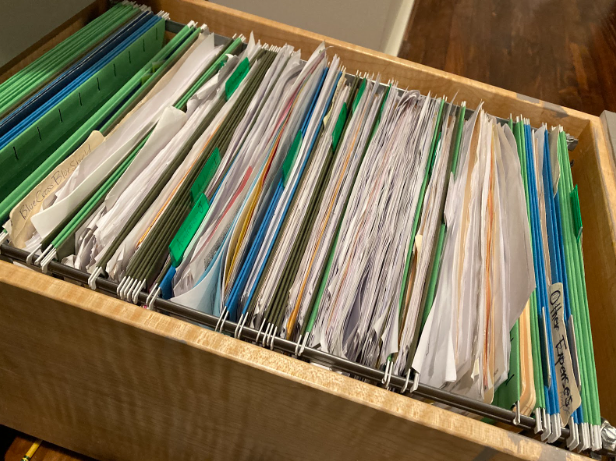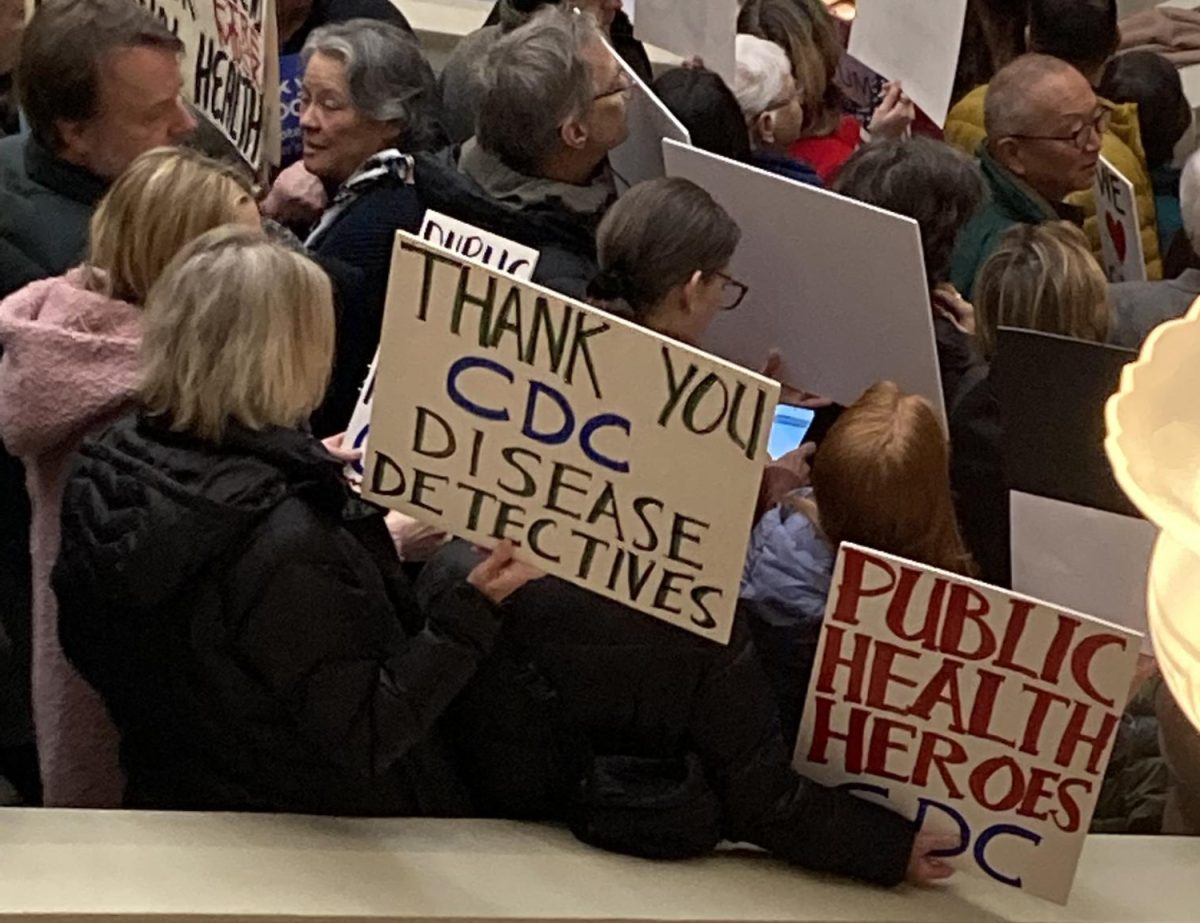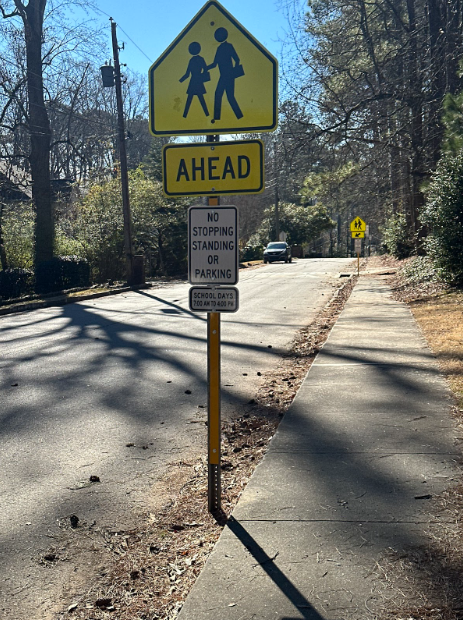Over 4.5 million Americans need blood transfusions every year. On October 25, 2017, the Chamblee Charter High School Beta Club hosted a blood drive with the Red Cross, and 62 students donated blood that will go on to save the lives of many.
The October blood drive was the first time donating blood for many students, including senior James Gibbs. Gibbs has the most common blood type: O+. For this reason, the Red Cross employees wanted to get as much of his blood as possible. He was one of only a few students to do two full donations.
“Whole blood donations take your plasma, your platelets, and your red blood cells. Plasma and platelets replenish red blood cells. But for me, they just wanted my red blood cells,” he said. “So that’s why they let me keep my plasma and platelets, so they could take more because it’s replenishing as they take it.”
Gibbs decided to donate blood for extra credit.
“Mrs. Branca was giving out bonus points, and you already know we need a boost in that class,” he said. “So 100 percent of the reason I did it was so I don’t fail Mrs. Branca.”
It was senior Martha Wilber’s second time donating. She passed out after her first time donating blood, which was at a past CCHS Blood Drive. Fainting is a fairly typical occurrence for first-time donors for a variety of reasons, including drops in blood pressure and anxiety.
“I made it through the whole thing, and as they were about to take the needle out, I blacked out,” said Wilber. “Then I woke up and was covered in wet rags.”
Wilber donated for multiple reasons, one being the opportunity to earn service hours.
“But I also think it is really important to donate blood,” she said. “And I think everybody who is eligible to should.”
Not everyone is eligible to donate blood. Ironically, three of the main organizers of the blood drive were all ineligible to donate. Beta Club sponsor Kelley Dorrill cannot donate because of height and weight restrictions, Red Cross account manager and blood drive organizer Ivy Campbell cannot because she grew up in Europe and falls under the Mad Cow ban, and Beta Club President Sakshi Sehgal cannot because she goes to India every summer.
Even though they cannot donate, they encourage eligible people to do so. Sehgal knows first hand the importance of donating blood.
“I was in a car accident when I was nine, with my brother and my mom,” she said. “My mom had to get blood donations.”
The CCHS Beta Club and Red Cross, who have been hosting blood drives for more than a decade, put lots of time and effort into organizing the event.
“I’d say we have a mutual relationship at this point,” said Dorrill. “They count on us, we count on them.”
It is the fourth drive Sehgal has helped to organize.
“The Red Cross people come in in the mornings and set all the basic things up,” said Sehgal. “[Beta members] are here coordinating when people are signing in, making sure they are in the [resting area] long enough, and things like that.”
A crucial part of the blood drive is ensuring the safety of donors. Many steps were taken to do so.
First off, the event is supervised by extensively trained Red Cross employees. Other than donors, these employees are the only people allowed in the donating area.
“[Employees] have at least an M.A.[Master of Arts],” said Campbell. “But when we hire them, they go through a 3-6 month training process to become phlebotomists.”
A phlebotomist is a health care professional that specializes in drawing blood.
The Red Cross also educates donors on how they can prepare themselves before they show up at the blood drive.
“We tell them to drink lots of fluids, like juice and water, 24 to 48 hours beforehand,” said Campbell.
Gibbs made sure he was very hydrated, and proudly showed off his beverage of choice.
“I had blood orange Kroger water today since we are out here donating blood,” he said. “It’s caffeine free, it’s yummy as heck, and it’s only 59 cents.”
Organizers also strive to make sure donors are relaxed, giving them time to sit and talk with friends before donating. Donors are also encouraged to listen to music while donating.
One of the most important precautions is protecting students if they faint, which typically occurs after donating. There is a rest area set up near the donating area with a large mat and sugary snacks and drinks.
“They have to sit on the mat for 20 minutes until they feel well enough for us to let them go,” said Sehgal.
Chamblee has saved thousands of lives through blood drives; the Red Cross’ system has record of Chamblee hosting blood drives since 2003, and since then, Chamblee has donated 2,354 pints of blood. Since one pint can potentially go to three patients, that is a total of 7,062 lives saved.
Students will have another chance to donate blood and save lives when Beta hosts the second of its two annual blood drives next spring.













